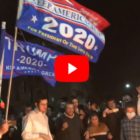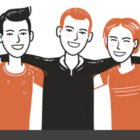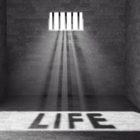
Opinion: Promoting Equity in Youth Diversion Programs Must Be Conscious, Detailed Plan
|
Juvenile justice reforms, including the growing use of youth diversion programs that offer alternatives to youth arrest and incarceration, have helped contribute to a substantial decrease in the number of young people who are involved in the justice system in recent years. Despite this overall decrease, such reforms have also corresponded with a troubling increase in the juvenile justice system’s inequitable burden on youth of color and Black youth in particular.
Often differing from one another in their theoretical framework, structure and implementation, the constellation of justice reform strategies referred to as youth diversion vary widely in their ability to improve outcomes for participating youth or meaningfully reduce justice system involvement. When implemented well, with a clear theory of change grounded in youth development, collaborative design and oversight and data-driven protections against widening the net of justice system involvement, youth diversion can be an important tool for equity, justice and overall public health. When implemented poorly, however, youth diversion efforts are in danger of unintentionally deepening inequity. Before turning to strategies and tools that help promote equity in youth diversion, let’s consider two hypothetical youth diversion programs: Program A, designed with equity in mind as an explicit priority that therefore develops a social-ecological and social justice framework, and Program B, designed based on a solely individual-level theory of change.
In Program B, well-meaning program staff may make decisions based on assumptions that their program is beneficial for any young person and may change or grow reactively — setting eligibility guidelines, program requirements or reporting requirements based only on what particular partners are comfortable with at the time, for example, or expanding geographically only where requested.








